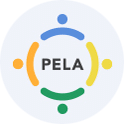About Portland English Language Academy (PELA)
PELA School Campus
The Portland English Language Academy is conveniently located inside the Lloyd Center in the heart of Portland’s Lloyd District. The Lloyd District is the main area for working, living, shopping, and entertainment in Portland’s central city area. PELA is within 1 block of three MAX light rail trains, the Portland Streetcar, and many bus and bike routes.
At PELA, you can enjoy the following amenities
- Quiet Study Lab
- Tutoring Center
- Private Study Rooms
- Free Wi-Fi
- Free Parking
- Student Lounge & Kitchenette
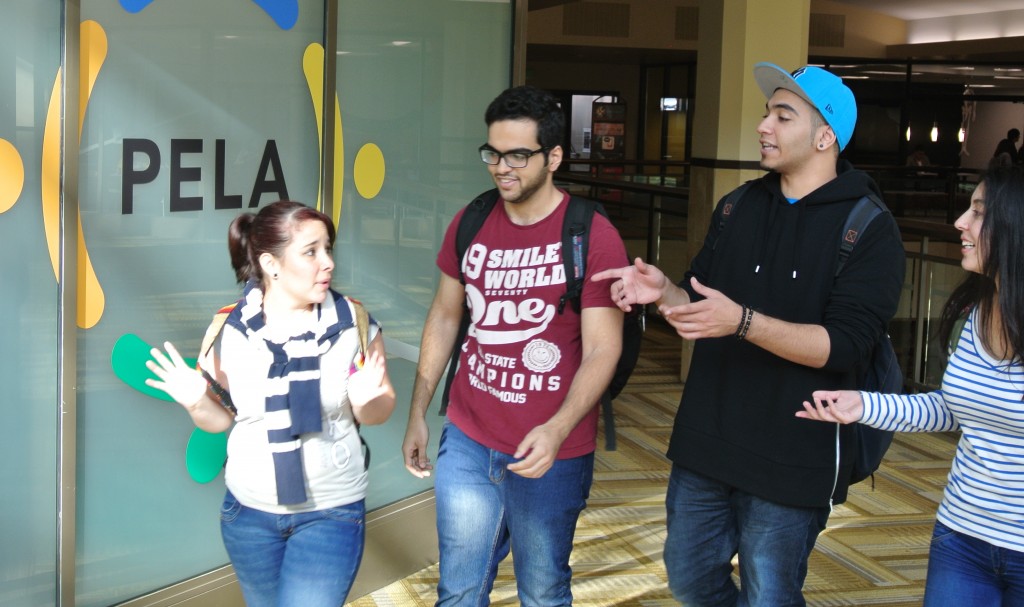
Computer Lab
In the PELA Computer Lab, enjoy free access to various English-language learning software, as well as online websites to build your English language ability.

Student Lounge
In the Student Lounge, enjoy lunch and breaks with fellow students, take a break for study to play games or do puzzles, or just relax and hang out after class!

Quiet Study Lab
Our Study Lab is open all day for students to do homework and build their skills using books and resources from our English Learning Library. This is also where students meet with teachers for one-on-one tutoring through our Tutoring Center.

Take a virtual tour of PELA!
Meet Your Portland English Language Academy Teachers
One of the best things about PELA is our great English teachers and helpful staff. Read below to meet the people who will help you learn English in Portland.

School Director
D'Arcy Owen is the school director. He has a Masters in Teaching English to Speakers of Other Languages (TESOL) and has taught English since 1995.
He joined PELA in 2003.
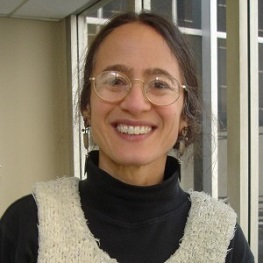
Academic Director / Teacher
Devon Balwit is the Academic Director at PELA. She has a Masters in English Literature. She has been teaching English for over 33 years.
She joined PELA in 1997.

Marketing Director / Housing Coordinator / Test-Preparation Teacher
Chris Quinn is an English teacher at PELA. He holds a B.A. in English Literature and International Politics from Lewis & Clark College in Portland, Oregon, and has a TEFL Certificate.
He joined PELA in 2007.

Teacher
Kenneth Beare is an English teacher at PELA. He has a B.A. in Music (with minors in various Foreign Languages) and an M.A. in Music Performance from Musikhochschule Koeln in Cologne, Germany, and a TESOL degree from Trinity College in London, England.
He joined PELA in 2012.
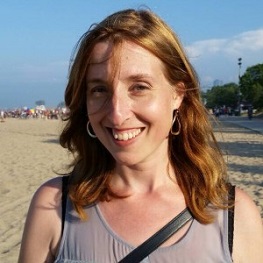
Teacher
Laura Blumenthal has a B.A. in History, with minors in Linguistics and Business Administration, from Portland State University, as well as a Masters in TESOL from Portland State University.
She joined PELA in 2013.

Teacher
Michael Bess is an English teacher at PELA. He has a B.A. in English Literature with a Minor in Applied Linguistics and an MA in TESOL from Portland State University.
He joined PELA in 2017.

Teacher
Jerry Jones is an English teacher at PELA. He has a B.A. in Elementary Education and Special Education from Central Washington University and a TESOL/TEFL certificate from Global Leadership College.
He joined PELA in 2019.

International Marketing
Yuka Owen does international marketing at PELA. She has a B.A. in Education from Tokyo Gakugei University.
She joined PELA in 2004.
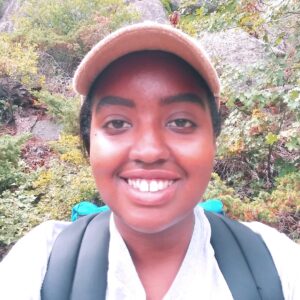
Admissions
Sable Krios is the Director of Student Services at PELA. She can help you enroll in our school or with visa questions. She joined PELA in 2014.

Admissions
Nicole Olson is the Admissions Director at PELA. She can help you enroll in our school or with visa questions. She joined PELA in 2013.
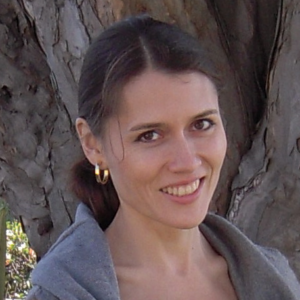
Teacher
Katja Gluhr is an English teacher at PELA. She has a B.A. in German and French with a Minor in International Business and an TEFL/TESL Certificate from Concordia University.
She joined PELA in 2007.

Teacher
Kevin has a B.A. in Applied Linguistics from the Portland State University, and TESL Certificate from Portland State University.
He joined PELA in 2010.
How does PELA create its English language curriculum?
The following is an excerpt from page 2 of the PELA Curriculum Handbook for Faculty:
"The primary language acquisition approach guiding PELA’s curriculum is the communicative approach, which emphasizes “communicative competence and the use of language to fulfill its communicative function[1].
"The PELA curriculum also makes use of both the 'spiral' and 'matrix' models mentioned by John Macalister in his text Language Curriculum Design [2].
"A spiral model allows students to revisit material as s/he progresses through the program. As Macalister states: “[I]t allows for learners who were left behind to catch up at the next cycle, and it makes sure that the full value of the most important aspects of the language are dealt with.” In PELA’s program, this means that students revisit structure and communicative functions at multiple levels; each time they revisit a structure or function at a higher level, it is taught in greater depth and complexity. Grammar introduced in Level 1, for example, is retaught in expanded form in Levels 4 and 6."

"In the matrix model, according to Macalister, “the same items are met with [in] different contexts.” In PELA’s curriculum, this means that the structures and communicative functions taught in a grammar or speaking class will reappear in different formats in an integrated skills course.
"For example, the modal verbs that appear in a Grammar class will reappear in a Writing class in a unit on argumentation, in a Speaking class exercise on evaluation of options, and in an Integrated skills class role-playing activity on giving parenting advice."

"Both the spiral model and the matrix model allow language learners to digest material over a longer period of time and to practice competencies at increasing levels of difficulty. Both are informed by the communicative approach, which emphasizes that language is living and changing, and is designed to be used in multiple contexts."
1 Woozley, Ian (n.d.). Second Language Acquisition and the Communicative Approach. Accessed online June 2012.
2 Nation, I. S. P. & John Macalister (2007). Language Curriculum Design (2nd ed). ELI Occasional Publication 23. Wellington: School of Linguistics and Applied Language Studies, Victoria University of Wellington.
How the length of PELA Terms compares to other schools
Another important difference between PELA and many other schools of higher education is that our terms are only 4 weeks long, compared to other language schools or universities which have terms that are as long as 12 to 15 weeks.

What does this mean for what a PELA student studies in their classes?
As you can see in the graphic above, the length of 3 PELA terms is equal to one term at a typical American university or college. So, over three terms at PELA, a student might 'revisit' content from a previous month, because it takes more than one month to absorb and master most grammatical concepts. A PELA teacher may introduce a grammatical concepts in Term A and revisit it in Terms B & C, helping a student build a stronger and deeper understanding of the grammatical concept. This same process occurs in most university and college courses, but is contained in a single 12-week term.
However, with PELA's 4-week Term system, students can do something that a student in a university cannot do: a PELA student can move up to the next English level class faster!
Every month, PELA students can take a "Level-Up Test". If a student gets a high enough score on that test, they can jump to the next English level in the next term without having to stay 2 or 3 terms at the same level as most students do.
Why does PELA do this?
PELA understands that some students have studied English for years in school but never had a chance to use it in the real world--they have a lot of English knowledge, but have never had any English practice.
Once they are living and studying in Portland, however, they may find all that English knowledge that they have absorbed over years of study is suddenly 'coming out of their head'. PELA has seen many students' English ability 'jump up' dramatically over the course of their first and second months studying with us. Our Level Up Test gives those students a chance to reach the most appropriate level for them, so that they can continue to build on what they already know.
